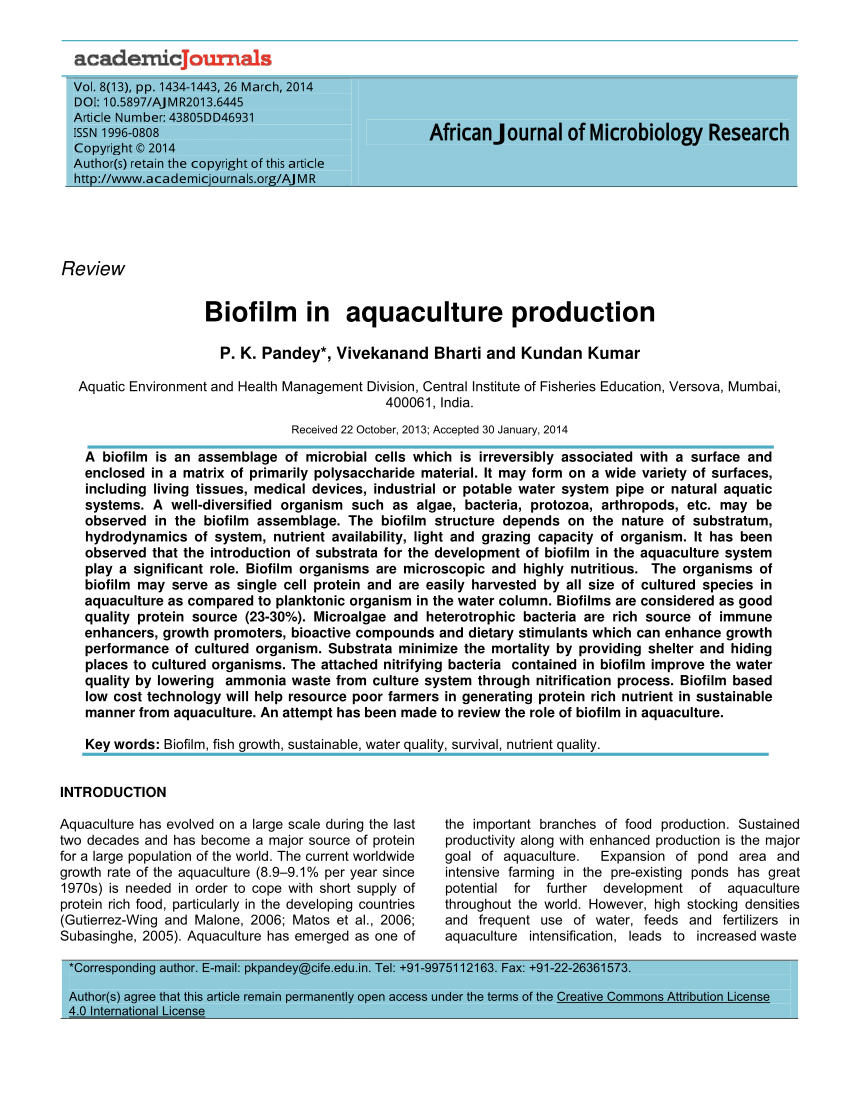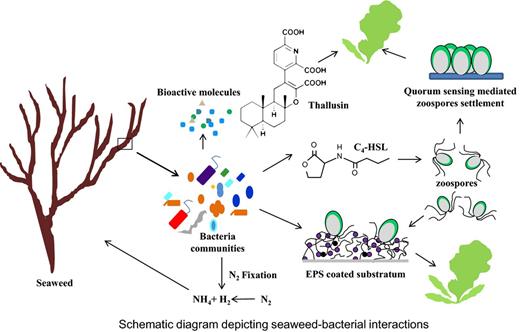
Cross talk between bacteria and macro.
Recently, I have seen several threads advocating sterilizing seaweed with a gamete of harsh chemicals, then a 72 day quarantine. Sanitize & sterilize are two different things. To sanitize Chaetomorphy, soak in fresh water for 5 minutes. This is why you don’t want to sterilize...
 www.reef2reef.com
www.reef2reef.com
@Paul B
I recently started a thread about biofilms on macro surfaces. In doing some research on intensive mariculture, I find that biofilm is at the heart of nutrition regime.

(PDF) Biofilm in aquaculture production
PDF | A biofilm is an assemblage of microbial cells which is irreversibly associated with a surface and enclosed in a matrix of primarily polysaccharide... | Find, read and cite all the research you need on ResearchGate
For certain I still feed live bivalves, however I thought that smart bacteria could be part of a healthy diet along with gut bacteria.
Patrick
With respect to our reef tanks, this stuff sounds like nutrition on steroids and a little bit of Avatar:
Quorum sensing molecules/bioactive molecules that protect host against harmful entities. Considering the holistic nature of the Coral Holobiont I have always embraced biology over technology. With this scientific paper we are told that biochemistry is so much more complicated than “rocket science” that it takes multi disciplines of science (ecological, microbial and biochemical) to understand the “intelligent design” of one part of Coral Holobiont.

Seaweed–microbial interactions: key functions of seaweed-associated bacteria
We have introduced a new topic in this area and suggested future research to understand seaweed-bacteria interactions in greater detail.













